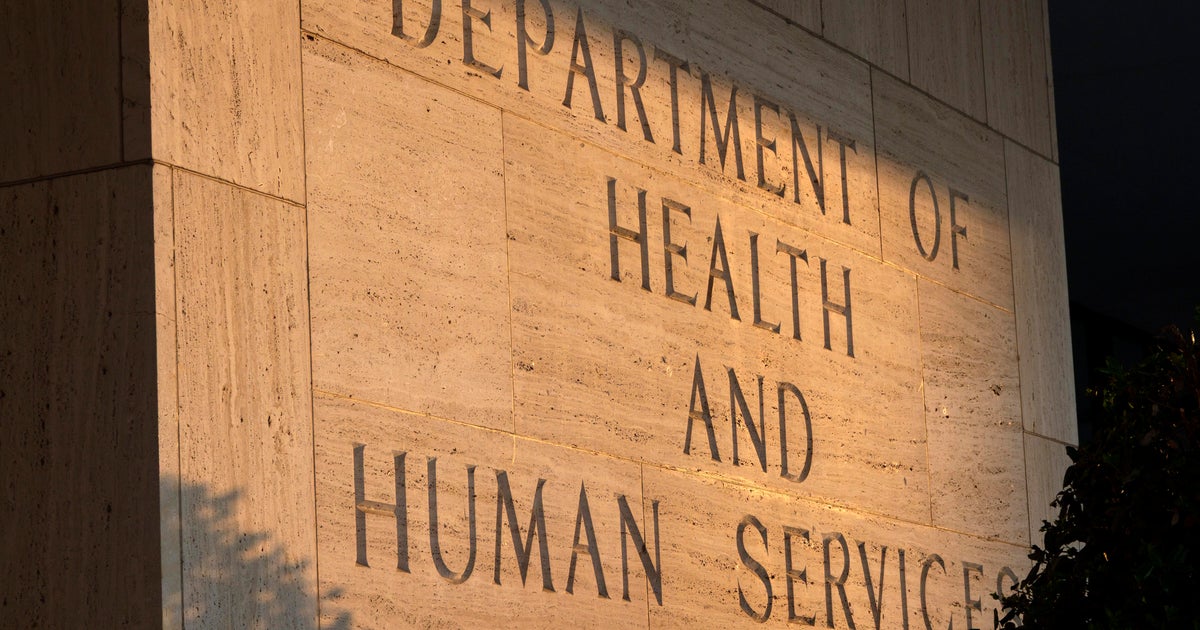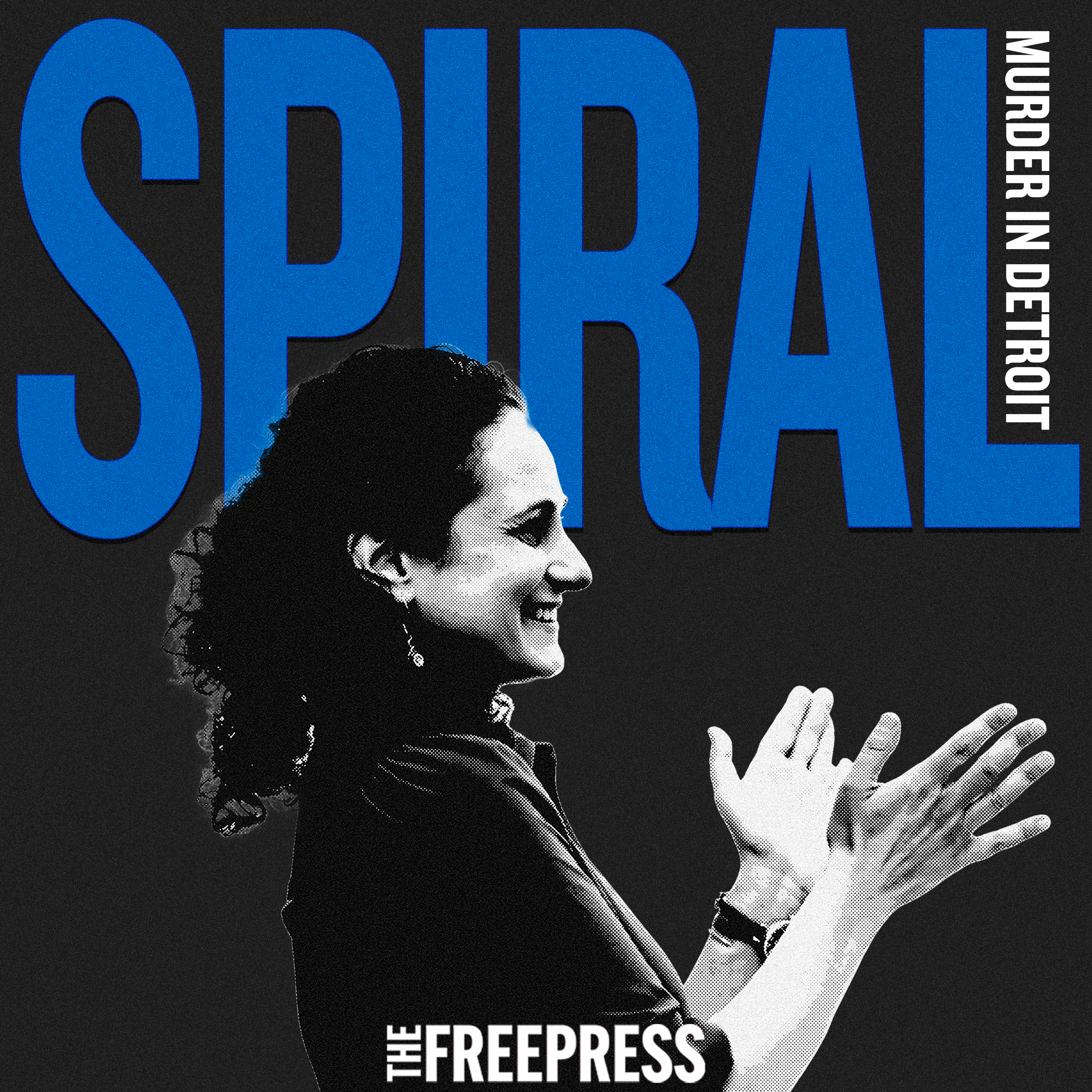Are California's mental health courts successful? That depends on who you ask because there's no reliable data.
From a doctor who, police say, intentionally drove his Telsa off a cliff with his family inside, to a man accused of murder while under the care of the court, there is growing concern about who is eligible to avoid a felony conviction by participating in California's Mental Health Diversion Court.
There are many success stories and studies that point to the potential for reduced recidivism among successful mental health court candidates. However, critics worry that recent changes to the law are allowing some defendants to misuse California's recently expanded Mental Health Diversion Court program.
A CBS News California investigation found that there is no reliable data to track the state-wide success of the new Mental Health "Diversion" courts. It's also difficult to determine who the most successful program candidates are and how many of the "successful" participants re-offend after having their charges dropped. The data we obtained from counties and the state was largely contradictory or incomplete.
Critics raise two primary concerns:
Public Safety: Judges have limited discretion to deny someone Diversion out of concern for public safety. There must be evidence that a defendant will commit a "super strike" (i.e., rape or murder) within the two-year program period in order for a judge to deny diversion due to public safety concerns.
Critics argue that it's nearly impossible to prove someone will commit a future crime and believe the law should be amended to give judges more discretion to deny diversion due to public safety concerns.
Accountability: State law now requires judges to automatically presume that nearly any mental illness is related to nearly any crime. Defendants no longer have to prove their crime was linked to their mental illness. As a result, common disorders (including ADHD, anorexia, marijuana dependency, and erectile disorder) are now considered eligible "mental illnesses" for people accused of felony crimes (including domestic violence, kidnapping, and attempted murder) to have their charges dismissed.
Critics argue that this change is allowing some defendants, whose disorders may not have meaningful connections to crimes, to have their charges dropped without facing accountability for their crimes or providing justice for their victims.
Cesar: A Mental Health Court Success Story
Mental Health Treatment court gave Cesar a "second chance in life."
He'd been homeless for seven years when he was arrested for assault, high on meth laced with fentanyl.
"I realized that I messed up and I could have hurt somebody. And it makes me feel bad," Cesar said.
After being arrested and serving time in county jail, Cesar got the opportunity to participate in Sacramento County's Mental Health Treatment Court.
Sacramento has been running its mental health treatment court for over a decade. It used to be exclusively a post-conviction program for people like Cesar who had already served time in jail.
Participants with a diagnosed mental illness that was a significant factor in their crime are eligible to have their conviction dismissed. They must complete a 12-18 month post-conviction program, which the probation department supervises, and comply with regular drug tests and mental health treatment, and make regular court appearances.
The court also connects defendants with support services through nonprofits like Turning Point, which includes a case worker to help ensure participants make it to appointments. They may also get free or subsidized housing and employment assistance.
Now that Cesar has successfully completed the program, his conviction has been erased.
"I didn't know another life until I got arrested and I quit (drugs) cold turkey (in jail)," said Cesar on his graduation day. "Now I'm sober. Now I see how a real man feels."
However, not everyone is as successful as Cesar. California jail populations have decreased over the last decade, but both the number and percentage of inmates with mental illnesses have increased, according to research from the Public Policy Institute of California.
Changes to Mental Health Diversion Programs
In 2019, Governor Jerry Brown created a new *Pretrial* Mental Health Diversion Court program.
Unlike Cesar's program, which was post-conviction, the pretrial diversion track allows defendants to suspend their prosecution and avoid conviction altogether if they complete the 12 to 18-month treatment program.
Participation in pretrial diversion was limited in the initial years with fewer than 2,000 participants in 2021. However, a 2020 RAND study found that an estimated 61% of the Los Angeles County Jail mental health population may have been appropriate candidates for diversion programs.
To expand access and increase participation, Governor Gavin Newsom signed a revised law, which took effect in 2023.
Under the expanded Mental Health Diversion law, defendants no longer have to prove their diagnosed mental illness caused them to commit a crime. The revised law now requires judges to automatically presume that nearly any mental illness was the reason for nearly any crime unless the prosecution can prove otherwise.
At least 41 counties now offer some version of adult mental health courts and participation in statewide diversion programs increased by nearly 150% in two years.
They're not all success stories
"Folks that shouldn't be in there, because they do pose a threat to public safety are getting admitted," said Rochelle Beardsley, Sacramento County's Assistant Chief Deputy District Attorney.
Beardsley pointed to the example of Fernando Jimenez who allegedly killed a man while he was in the Mental Health Diversion program.
Jimenez was previously arrested after violently attacking his elderly female neighbor over a disagreement, investigators say, about dog waste left in the common areas of their apartment complex. Court records reveal he cracked the woman's orbital socket and was charged with "Battery with Serious Bodily Injury".
He was previously convicted of Second Degree Murder and Attempted Murder in Nevada.
Despite objection from the DA's office, Jimenez was granted Mental Health Diversion. He is now facing new murder charges in Placer County for allegedly shooting a man in the head while he was on Diversion.
Beardsley said there is little prosecutors or judges can do if they feel someone who is technically eligible for diversion might be a risk to public safety.
"I have to prove that this particular defendant is going to commit a super strike offense within the two years," Beardsley said. "That's impossible for me to be able to prove."
She also notes that common disorders like ADHD, anorexia, marijuana dependency, and erectile disorder are considered eligible "mental illnesses" for nearly any crime.
In a recent Placer County case, The People v. Shook, a doctor testified that she had reached an eligible diagnosis in every one of the hundreds of mental health diversion evaluations she had done.
The debate over diversion for attempted murder
For instance, investigators say a Pasadena doctor intentionally drove his Tesla off the cliff at Devil's Slide in Pacifica with his wife and two young kids inside. Because he says he suffers from depression, and because his family survived, he's now asking for mental health diversion instead of prosecution for attempted murder and child abuse.
Murder and sex crimes are not eligible for mental health diversion. However, if a victim survives, attempted murder and domestic violence are among the many violent crimes that are eligible.
A bill that would have made attempted murder ineligible for mental health diversion unanimously passed the Assembly Public Safety Committee this year.
However, Assembly Appropriations Chair Buffy Wicks quietly killed the bill last month by holding it in the appropriations suspense file. Neither Wicks nor Assembly Appropriations staff responded to requests for comment.
In California, any bill that is estimated to cost more than $150,000 is sent to the "suspense file" where the Democratic chair, typically influenced by party leadership, decides whether or not to kill the bill.
Notably, the Appropriations Committee staff cited an estimated cost to the state by factoring in how much it would cost to incarcerate people charged with attempted murder instead of sending them through diversion. While they cited the estimated cost of incarceration of $133,000 per inmate per year, they failed to mention the comparable annual cost to the state to put those same people through Diversion.
Publicly available state data indicates that California spent more than $67 million last year alone on people who failed to complete Mental Health Diversion Court programs. Many would have then been incarcerated anyway, incurring the additional $133k. But the total cost is likely much higher, as the $67 million only accounts for defendants deemed incompetent to stand trial.
It's not clear how many of those defendants who failed to complete the program were charged with attempted murder because counties are not tracking or publicly reporting the charges associated with Mental Health Diversion acceptance, successes or failures.
As a result, we also don't know which types of crimes are associated with the highest and lowest Mental Health Diversion success rates or what could be done to improve program success.
The available Mental Health Diversion data is largely inaccurate or incomplete
So, how successful are California's Mental Health Diversion courts? Well, that depends on who you ask. Examples like Cesar and Jimenez are just anecdotes without reliable data.
In an effort to figure out how successful Mental Health Diversion courts are, CBS News California gathered data from county courts and DA's offices across the state and compared the counties' success rate data to the county success rates listed on the state's dashboard.
We found the data was largely contradictory or incomplete. In some cases, the state cited much higher county success rates than the counties themselves.
The State Judicial Council acknowledged its data was incomplete, noting additional success-rate data could be available by July 2025.
Past studies show promising, but dated, data
A small-scale study of Sacramento's Mental Health Treatment Court – from before the new pretrial Mental Health Diversion track was created – found graduates like Cesar who got treatment after serving jail time were 25% less likely to be arrested and 75% less likely to be hospitalized than those who did not participate in post-conviction mental health treatment.
Sacramento County was used as a case study by the state when creating a model for successfully implementing the new Mental Health Diversion courts.
Sacramento was one of the few counties that provided CBS News California with data that was fairly consistent with the state's data. It showed a 66% Mental Health Diversion court graduation rate over the past three years.
A separate Rand study examined LA County's diversion and reentry programs. Like the Sacramento study, the participants were part of the legacy *post-conviction* Mental Health Diversion court programs.
The study found 14% of people who completed the program were convicted of a new felony within one year. However, it did not compare that group to a control group so it's not clear if that is higher or lower than a similar group that did not complete a Mental Health Court treatment program.
Missing Data
To determine the true success rate of California's Mental Health Diversion courts, and to identify who the best candidates are, counties would need to consistently track a variety of variables.
Notably, the programs are still small enough (a few hundred per county per year) that experts say tracking and publicly reporting this data should not be cost-prohibitive.
What we don't know about each county's Mental Health Diversion courts:
- The number of Mental Health Diversion court petitions that are *both* granted and denied each quarter.
- The charges that each of those defendants was facing.
- Of the petitions granted, how many completed the program (graduated), how many were removed from the program, and how many were arrested for a new crime while on Diversion.
- The charges that each of those defendants was facing.
- Of the defendants who completed the program (graduated), how many were arrested again (in any county) within 1 year, 2 years, and 3 years of graduation? (Because they would be repeatedly eligible for diversion, tracking convictions may not be relevant.)
- The charges that each of those defendants faced when they were initially granted diversion, as well as their subsequent charges,
NOTE: This data should be specific to pretrial Mental Health Diversion courts. CBS News California found some counties are combining all of their mental health court data (i.e. legacy post-conviction programs and new pretrial diversion programs).
A different view of success
After presiding over various mental health courts for over a decade, Sacramento County Judge Larry Brown has a different view of success.
"It's success the moment we connect them to a mental health provider. It's a success when we get them on medication while they're in jail," Judge Brown said.
He says he sees roughly 200 people a week, whom he gets to know through regular check-ins.
"When some graduate, like Cesar," he said, "We're truly going to miss him. He's a delight. And he's been a gentleman. That's what's great about this job," he said.
But without better statewide data, to show what's working and what's not, Judge Brown's court and Cesar are simply anecdotes with great potential.







